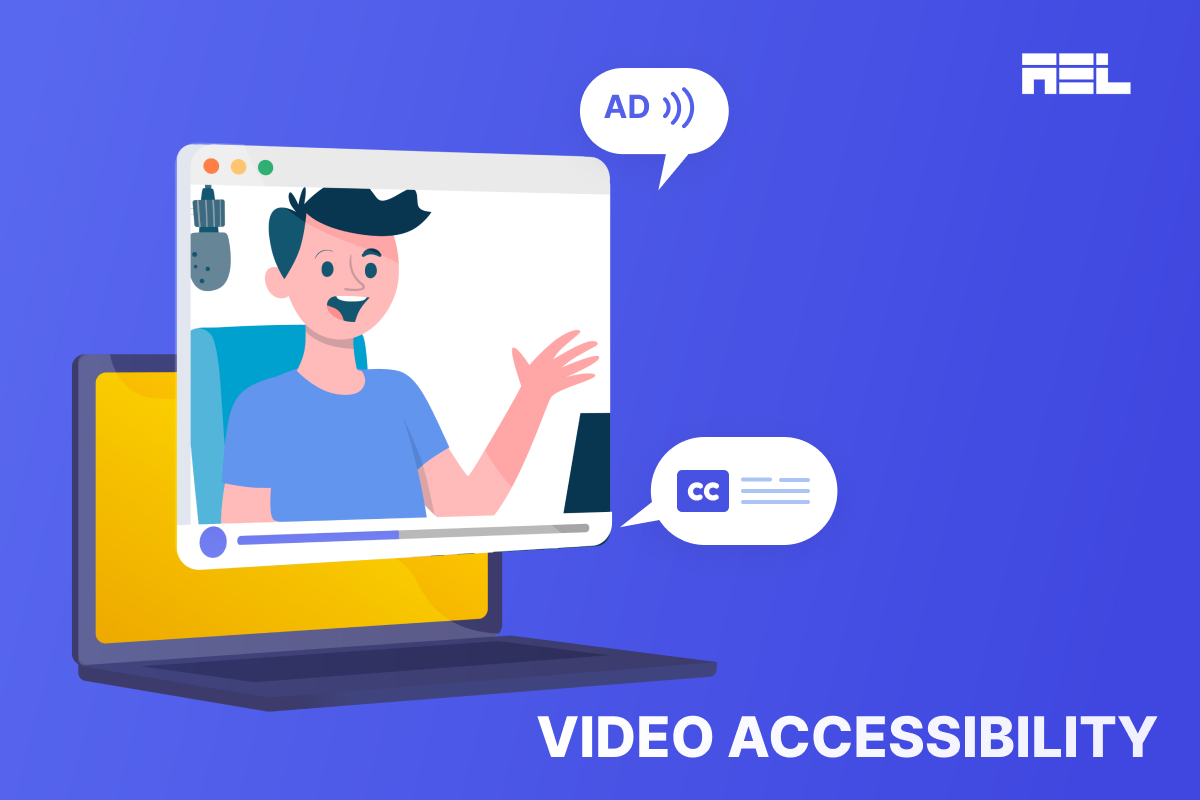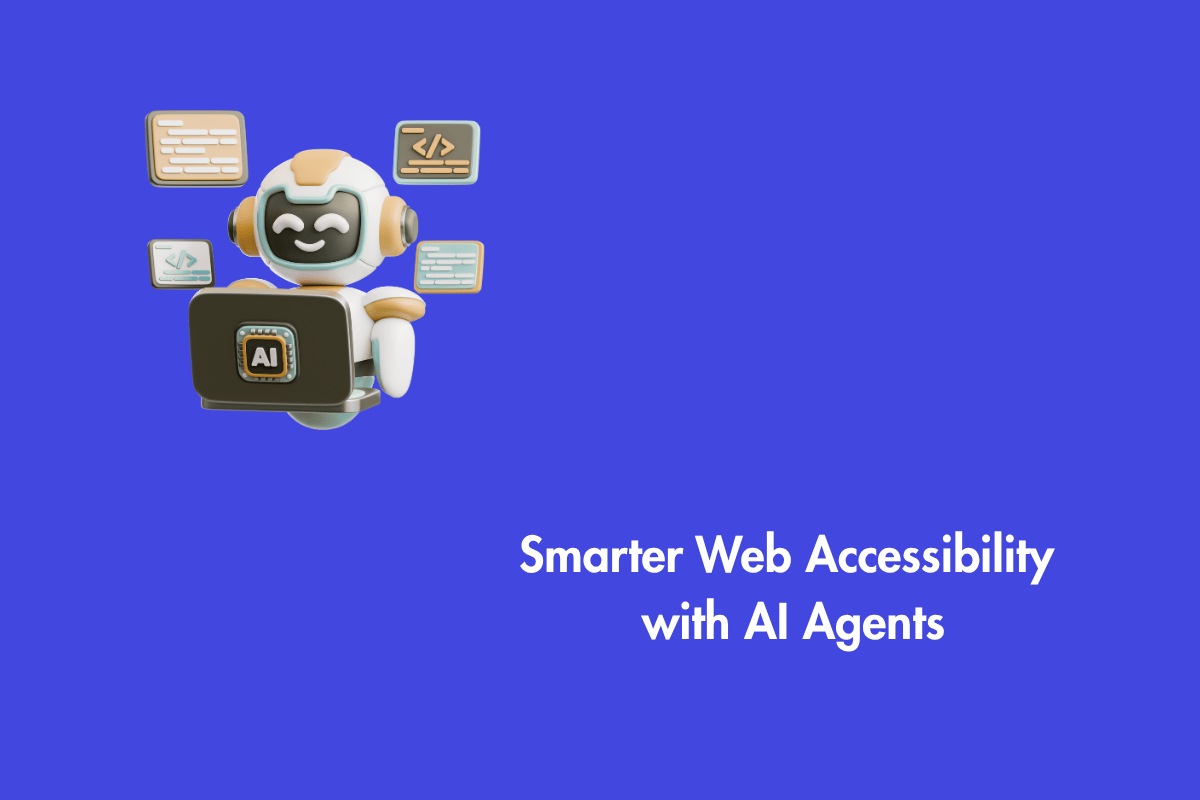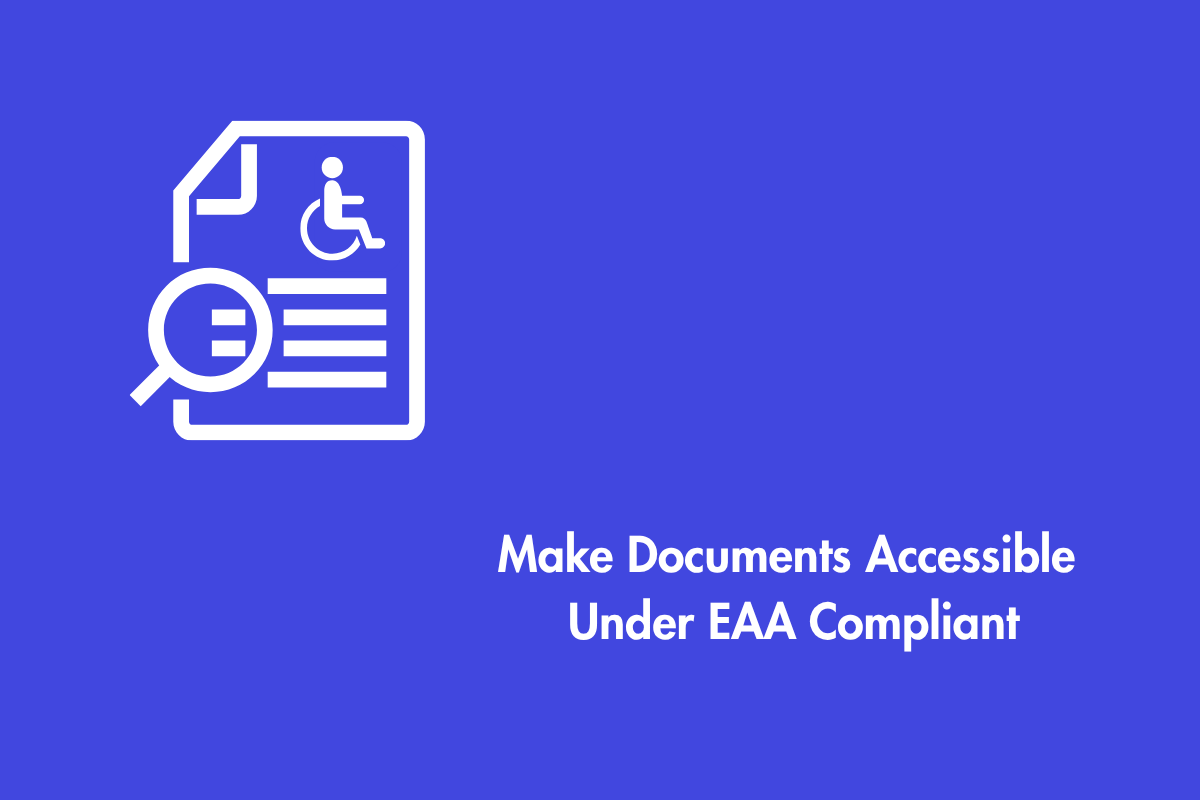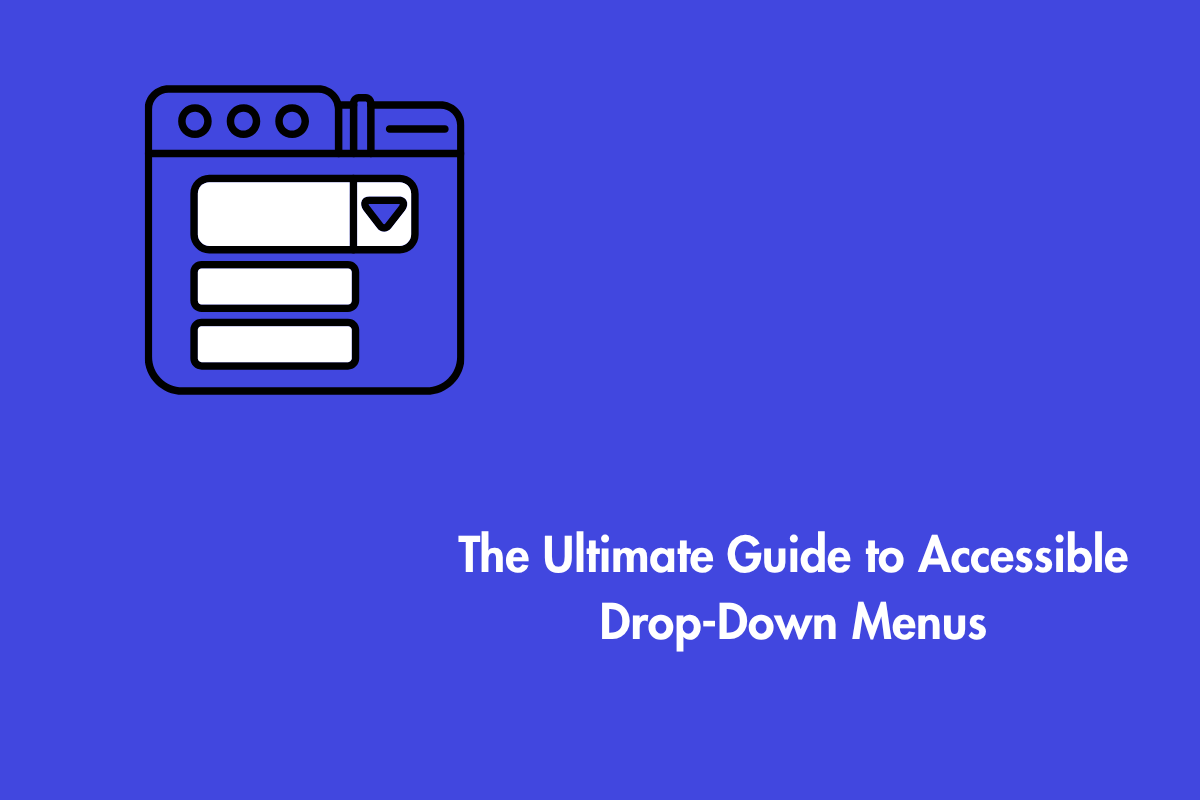Videos are a popular medium and the number of viewers worldwide increases day by day. It is evident from a study run by a prominent survey and statistical portal Statista that nearly 3.48 billion people globally watched or downloaded videos monthly in 2023. In 2024, experts predict the number will reach 3.78 billion.
Now, how do we ensure everyone can access our content? And what does “accessible” actually mean?
Content such as videos should also be tailored for people with vision or hearing challenges, limited mobility, or other limitations.
Ensuring that the videos are accessible makes sure that people with disabilities can access content like a regular viewer would.
Table of Contents
Why is making videos accessible so crucial?
Video content is everywhere today in various domains including education, marketing, and entertainment. However, merely having accessible content isn’t adequate; it must also comply with legal standards.
1. Legal Compliance
The Americans with Disabilities Act (ADA) demands that digital content be accessible to everyone. Non compliance could lead to legal consequences.
It’s important to consider various compliance and legal aspects for video accessibility guidelines. The Web Content Accessibility Guidelines (WCAG) sets standards with three levels of compliance.
- Level A: Basic accessibility requirements. Addresses the most critical accessibility issues.
- Level AA: Addresses a higher level of accessibility. Includes Level A requirements and adds criteria to enhance accessibility further.
- Level AAA: The highest level of accessibility. It includes Level A and AA requirements and adds even more stringent criteria for accessibility.
2. Areas of concentration
Accessibility issues are categorized in four distinct groups under WCAG guidelines. They can be summed up with the acronym P.O.U.R.
- Perceivable issues are those that affect a user’s ability to find and process information on a website (for example, providing audio descriptions for video content).
- Operable issues are those that impact a visitor’s ability to navigate and use a website (for example, ensuring that all site functions and navigation can be operated via keyboard-only commands).
- Understandable issues concern a user’s ability to discern and comprehend all information and navigation on a website (for example, composing error messages that include a clear explanation of the error and direction for correcting it).
- Robust issues involve a website’s ability to adapt and evolve to meet the changing needs of users with disabilities (for instance, testing compatibility with all leading screen readers and ensuring that those capabilities can be upgraded in the future).
Additionally, there are legal obligations for video accessibility. The revised version of the currently enforced 508 compliance standards for videos demand federal agencies that their electronic and information technology, including video artifacts, are accessible to people with disabilities. Businesses collaborating with federal agencies must ensure their videos meet these standards.
3. Broader Reach:
Making your videos accessible can broaden your audience to encompass the more than 466 million people globally who have disabling hearing loss, according to the World Health Organization.
What are the WCAG Video Requirements?
Following the Web Content Accessibility Guidelines (WCAG) makes sure people with disabilities can use and engage with different kinds of content properly.
Below are the key requirements and best practices outlined for different types of digital media content, especially for video-audio content:
Prerecorded Content
- For both audio-only and video-only prerecorded content, providing text alternatives is essential (WCAG 1.2.1). This involves providing written transcripts for audio and describing videos with alternative text.
- Additionally, audio descriptions are needed for video-only content (WCAG 1.2.5). Controls for auto-played media (lasting 5 seconds or more) and audio content are necessary (WCAG 2.2.2, WCAG 1.4.2).
Best Practice: It’s recommended to minimize or eliminate background sounds during narration or dialog. If it must be used, ensuring the volume is low enough not to interfere with the spoken audio will provide a better viewing experience for all users.
Live Content
- Similar to prerecorded content, live audio-only and video-only content must provide controls for auto-played media and background sounds (WCAG 2.2.2, WCAG 1.4.2).
- For live video-only content, alternative text descriptions are necessary, and flashing content should be avoided (WCAG 1.2.1, WCAG 2.3.1).
Best Practice: Synchronized captions are strongly recommended for live audio-only content.
Multimedia Content
- Text descriptions and captions for prerecorded and live multimedia content (WCAG 1.2.1, WCAG 1.2.4).
- Audio descriptions are crucial for both prerecorded and live multimedia content (WCAG 1.2.5).
- Controls for auto-played media and background sounds are also necessary (WCAG 2.2.2, WCAG 1.4.2).
Page Backgrounds and Media Players
- Controls for autoplay and audio content are vital for media embedded within web pages, including background sounds and videos (WCAG 2.2.2, WCAG 1.4.2).
- Additionally, guidelines for flashing content and color contrast should be followed (WCAG 2.3.1, WCAG 1.4.3).
Best Practice: Media players themselves must be fully accessible, with features like keyboard navigation and screen reader compatibility.
Best Practices for Ensuring ADA and WCAG Compliance in Video Content
- Provide closed captions, ensuring accuracy and support for multiple languages.
- Use audio descriptions to convey visual information to users with visual impairments.
- Offer transcripts for those preferring text-based content.
- Ensure keyboard accessibility for users unable to use a mouse.
- Provide alternative formats, such as audio-only or text-only versions, as necessary.
- Opt for a user-friendly media player.
- Disable autoplay for videos.
- Select appropriate colors for your videos.
- Provide sign language for people from the deaf community.
Who benefits from accessible videos?
Creating inclusive videos guarantees that all individuals can appreciate and interact with the material. It’s essential to take into account the diverse requirements of different audiences when producing accessible videos. The below section will expand on how to make ADA compliant videos accessible for different groups of people.
The below points address the guidelines to be adhered to cater content to deaf and hard of hearing:
- To ensure accessibility, include closed captions or subtitles for all spoken content in videos.
- Offer sign language choices for the deaf community.
- Closed captions offer a text-based representation of the audio, aiding those who are deaf or hard of hearing.
- Additionally, provide a transcript of the video.
For individuals who are blind or have low vision,
- Offer audio descriptions of the visual content. These descriptions verbally convey what’s happening visually.
- Alongside audio descriptions, include a transcript of the video.
For non-English speakers,
- Provide subtitles or closed captions in their native language.
Wrapping up
Today, having accessible video content is more critical than ever. It is highly imperative that one must reach out to the widest audience is crucial. If content is created and represented keeping in mind the guidelines laid out in this article, utmost accessibility would be ensured and that would result in better readership.
Our accessibility experts are here to guide you in this regard. Reach out to us today to get your content audited and to obtain appropriate remedies for the same.



